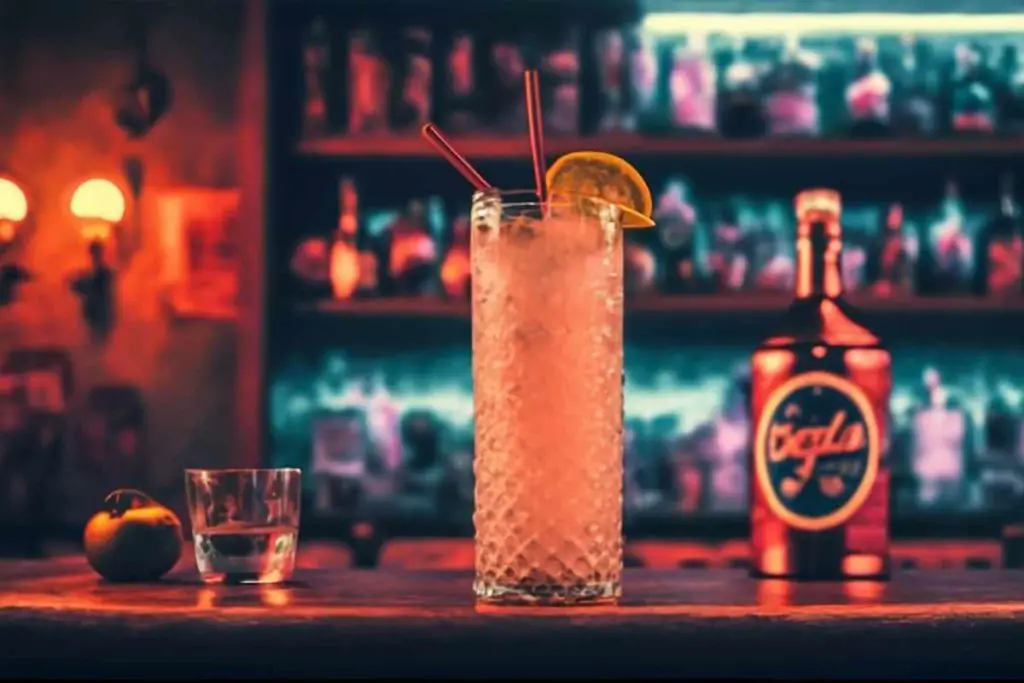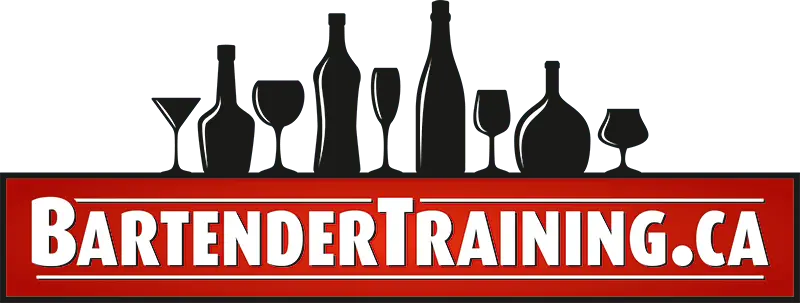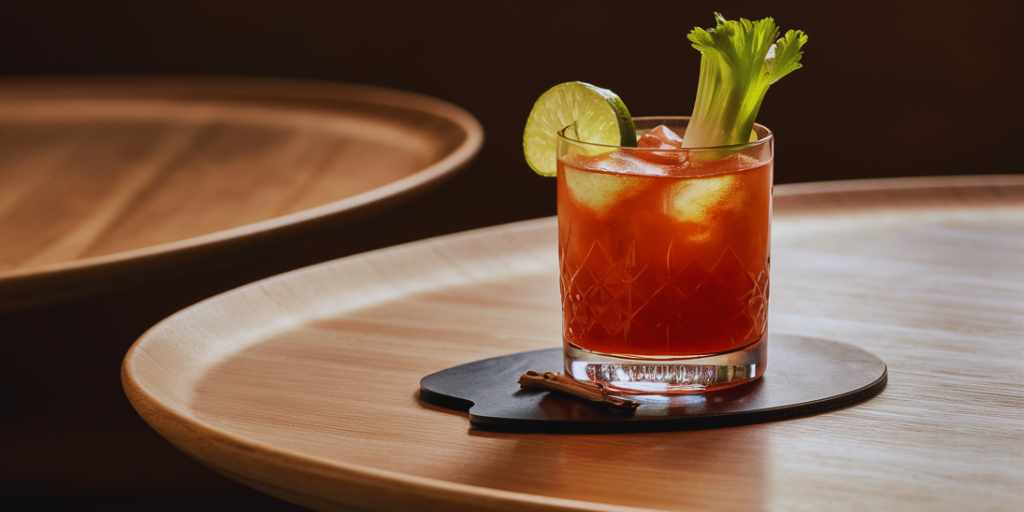Carbonated cocktails are an exciting fusion of mixology and science, offering an effervescent twist to the familiar art of cocktail creation. The appeal of these bubbly fizzy concoctions goes beyond mere novelty; the infusion of carbon dioxide adds a crisp texture and zesty flavour that can elevate the drinking experience. Like with fine Champagne, carbonation in cocktails introduces a sensory pleasure derived from the tingle of tiny bubbles on the palate and the visual allure of their lively dance in the glass.
Key Takeaways
- Carbonated cocktails enhance the sensory experience with effervescence.
- Mastery of carbonation hinges on the scientific principles of solubility and pressure.
- Various at-home techniques are available for creating carbonated cocktails.
Mastering the carbonation technique requires understanding the interplay between pressure, temperature, and solubility. Carbon dioxide is more soluble in cold liquids, so chilled drinks achieve better carbonation. Different methods of carbonating cocktails at home range from simple DIY approaches to using specialized equipment, providing aficionados with the tools necessary to craft that sparkling pour. Whether integrating carbonation to amplify the drink’s aroma or to add a tangy taste, these effervescent details can turn an ordinary mixed drink into a show-stopping cocktail.
The Science of Carbonation
The process of carbonating cocktails involves dissolving carbon dioxide gas into the beverage under pressure. This practice not only imparts a pleasant effervescence but can also affect the taste and mouthfeel of the drink.
Understanding Carbon Dioxide Gas
When carbon dioxide (CO2) is dissolved in a liquid, it forms carbonic acid. This acidification can slightly lower the pH of the liquid, giving carbonated cocktails a characteristic tanginess. Moreover, the pressure under which CO2 is introduced into the perfectly carbonated cocktail needs to be managed meticulously, as it ensures the gas remains solubilized until the pressure is released, creating those sought-after bubbles.
Role of Cold Liquids in Carbonation
Cold liquids have a greater capacity to hold dissolved gases, including carbon dioxide. For effective cocktail carbonation, the mixture should be chilled to obtain an optimal level of carbonation. The cold temperature facilitates the dissolution of CO2, ensuring a more pronounced and longer-lasting effervescence. The gas would quickly escape without maintaining a colder temperature, leading to a flat and less appealing cocktail experience.
Carbonation Techniques
Achieving the perfect level of fizz in cocktails can elevate the drinking experience. Two effective methods often used by mixologists and enthusiasts to carbonate cocktails are the Soda Siphon Method and the Carbonator Cap Technique. Each approach infuses carbon dioxide into a beverage, providing that desired effervescent texture.
Soda Siphon Method
The Soda Siphon, sometimes known as the seltzer bottle, represents a classic tool for carbonating cocktails. These devices typically consist of a metal or glass container that holds the liquid, a cartridge holder for CO2, and a release valve to manage the flow of the carbonated liquid. To use a soda siphon, one chills the cocktail ingredients beforehand, adds them to the siphon, charges the system with a CO2 cartridge, and shakes gently to dissolve the gas into the liquid. It’s a cost-effective and widely accessible method for home carbonation, easy enough for beginners to pick up and integrate into their home bartending setup.
Carbonator Cap Technique
Alternatively, the Carbonator Cap Technique utilizes a carbonation cap typically attached to a plastic PET bottle. Once the cocktail ingredients are in the bottle, the carbonator cap is secured on top, and the bottle is connected to a CO2 tank via a gas line. The carbonation process requires controlled addition of CO2 under pressure, and once the desired carbonation level is reached, the cocktail can be served straight from the bottle. This method is akin to a DIY carbonation rig and can be more precise than a siphon. Advanced versions like the Perlini System offer professional-grade equipment for serious mixology aficionados, adding a polished touch to cocktail preparation.
Crafting Carbonated Cocktails at Home
Creating carbonated cocktails at home elevates the drinking experience, offering a sparkling twist to classic mixes. The secret lies in utilizing the correct equipment and recipes for carbonation and mastering the mixing process to achieve the desired fizz.
Selecting the Right Equipment
The foundation for carbonating cocktails at home starts with selecting the appropriate equipment. A soda siphon is commonly recommended for its cost-effectiveness and ease of use. It is compatible with standard CO2 chargers, providing a controlled carbonation method for homemade drinks. Alternatively, using a carbonation rig that attaches to a CO2 tank may suit those looking for a more advanced setup.
Choosing a strong, sealable glass bottle is crucial when carbonating bottled cocktails; it must withstand the pressure of the carbonation process. Materials such as PET plastic can be a practical alternative, offering durability and safety.
Mixing and Carbonating
The mix begins with a quality cocktail base—ideally comprising of clear or clarified juices to prevent sediment. Carbonation works best with cold liquids as CO2 dissolves more effectively in colder temperatures. Therefore, chilling the cocktail mix before carbonation is essential.
When adding carbonation, careful attention to the carbonation level is required to tailor the effervescence to the specific drink. Lightly carbonated require fewer charges, whereas a more vigorous fizz mirrors that found in certain sparkling wines and requires additional CO2. After carbonating, cocktails should be served promptly to maintain the best texture and taste.
Incorporating Ingredients
When carbonating cocktails, selecting the right ingredients is crucial. Proper integration ensures a harmonious blend of flavours and the desired effervescence.
Choosing Suitable Mixers and Additives
Choosing mixers and additives complementing the carbonation process can make or break a cocktail. Cocktails benefit from fresh citrus juices like lime juice, which lend their vibrant acidity and contain natural sugars that enhance carbonation levels. These sugars provide the necessary food for the carbonation process to occur when working with yeast.
For mixers, one should opt for non-perishable liquids that can withstand the pressure without losing their integrity. This is particularly important as carbonation involves pressurized gas dissolving into the liquid, and too delicate ingredients may break down or alter the drink’s texture.
Fresh Ingredients:
- Fresh citrus, like lime or lemon juice, adds brightness.
- Fresh herbs for subtle aromatics.
Sugars:
- Simple syrup provides balanced sweetness.
- Other sweeteners, if used, should be fully dissolved.
An example of balancing these aspects can be found in the guidelines for carbonating cocktails effectively, detailing the use of citric acid and simple syrup.
Balance with Acids and Sugars
The right balance of acids and sugars is instrumental in crafting a well-carbonated beverage. Acids, particularly those found in fresh citrus, can tweak the pH of the cocktail, optimizing carbonation. Sugar, in the form of simple syrup, contributes to the mouthfeel and effervescence, making drinks like the French 75 a bubbly delight with its use of champagne poured on top of gin, lemon juice, and simple syrup. One should carefully consider the ratio of these components to maintain a balance that neither overwhelms the palate nor falls flat on carbonation.
The impact of sugars and acids on carbonation is not merely about the flavour but also about the physical response of the liquid to carbon dioxide. The carbonation process prefers a chilled environment and serves a dual role in the final cocktail’s taste and structural integrity.
Perishable ingredients should be fresh and added at the right time to preserve their quality—typically just before serving to maintain the cocktail’s integrity. Incorporating such ingredients optimally ensures they deliver their intended impact without becoming compromised by the carbonation process.
Serving and Presentation of Carbonated Drinks
Selecting the correct glassware and mastering presentation techniques are crucial for serving carbonated cocktails. These elements not only affect a drink’s aesthetics but also its overall enjoyment.
Proper Glassware
One should use glass bottles or Champagne flutes when serving carbonated cocktails to enhance the experience. A Champagne bottle is designed to withstand the pressure of carbonation, making it an excellent choice for storage and service. When choosing glasses, one must ensure that they complement the size and vigour of the tiny bubbles. For a better display of effervescence and to concentrate the aroma at the top, flutes or coupes are preferred.
Presentation Tips for Sparkling Cocktails
The presentation is about the flourish and finesse that elevates a cocktail from good to great. For sparkling cocktails, consider chilling the glass beforehand to maintain carbonation. A cold glass slows down the dissipation of carbon dioxide, retaining the effervescence longer. To dazzle patrons with eye-catching visuals, one might opt for a glass bottle service, allowing the tiny bubbles to catch the light. When pouring, gliding the liquid along the side of a tilted glass helps preserve the bubbles and prevents foaming over. Remember, the goal is to keep those tiny bubbles intact for a lively sip every time.
If you’re interested in effervescent mixology, see this article.

Frequently Asked Questions
Carbonated cocktails add a unique effervescence and delicious texture, enhancing flavour and experience. The following FAQs provide essential insights into the techniques and benefits of carbonating cocktails.
What are the best methods for carbonating cocktails?
For carbonating cocktails efficiently, one can use a soda siphon or specialised equipment like a carbonation rig set up with a CO2 tank. It’s essential to ensure that the cocktail is cold and the pressure is correctly adjusted for optimal carbonation.
Which cocktails benefit most from carbonation?
Cocktails with citrus or lighter, clear spirits typically benefit the most from carbonation. Drinks like Gin Fizz, Mojitos or any cocktail that could be compared to a soda often have their flavour profiles enhanced by the bubbly sensation.
How do you use a soda siphon to carbonate a cocktail?
To carbonate a cocktail using a soda siphon, one should chill the ingredients beforehand, fill the siphon, charge it with a CO2 cartridge, and then gently shake it to integrate the gas. After a brief period, the cocktail can be dispensed with added fizz.
How can you bottle cocktails while preserving their carbonation?
Bottling carbonated cocktails requires filling the bottles to the top to minimize air space and capping them tightly to prevent CO2 from escaping. Specialized bottling equipment can help maintain the carbonation levels during the process.
In what ways does carbonation affect the taste and mouthfeel of a cocktail?
Carbonation can add a tingling sensation to the mouthfeel and enhance the cocktail’s flavour by creating carbonic acid, which provides a slight acidity. Bubbles also carry aromatic compounds to the nose, affecting the flavour perception of the cocktail.
Are there techniques for serving carbonated cocktails on tap?
Serving carbonated cocktails on tap involves kegging the cocktail with proper carbonation and then utilizing a draft system with CO2 to maintain pressure and freshness. This method allows for consistency and quick service of carbonated drinks.
How do you carbonate a kegged cocktail?
To carbonate a kegged cocktail, one should chill the keg to the appropriate temperature, connect it to a CO2 tank, and then adjust the pressure based on the desired level of carbonation. With time, the CO2 dissolves into the liquid, carbonating the cocktail uniformly.




